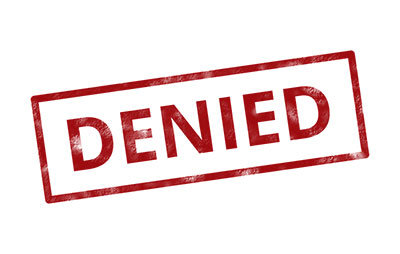Right now, you may have a unique invention that has the potential to make high value sales in the market. However, to truly reap the benefit of this invention you need to patent it. When you patent an idea, you are legally recognized as the owner of the invention. No else can create or sell the product without your authorization.
However, one cannot simply walk into the Patent Office and file the application. There are many steps to be taken and many mistakes that can be made. Here are 4 mistakes inventors make with their patents.
1) Failing to Patent your Idea Quickly
A common mistake is to not patent your idea. For reasons, such as time or resource availability, you may decide to wait before patenting your idea or invention. This can be a mistake. The market is tough, and if you wait too long, someone else might patent your idea first. Furthermore, it can lead to disputes such as Alexander Graham Bell vs Elisha Gray or Wright brothers vs Glenn Curtiss. You can also lose the right to patent your invention if you disclose it to third parties without filing a patent application first. In Canada and the US, you have one year from the date in which you disclose your invention to the “public” to file a patent application.
Ensure you understand when is the best time to file your patent.
2) The Invention is not Developed Sufficiently
You cannot register an idea as a patent. To register any patent, you must be able to describe what it is, how it can be used and, for devices, provide a description of how it is put together. Your idea must be developed sufficiently and be described in a manner that takes it from a simple idea to a real invention. For example, you may think it would be a great idea to have a 3-D television, however unless you know how to build and create that television it is not possible to obtain a patent for the idea alone.
Many inventors file their patents hastily in an attempt to be the first, however, this is a mistake if the invention is not developed sufficiently. You should be able to present your idea in detail so there is no doubt that the idea is practicably possible. Having a prototype of the invention can be beneficial to show practicality, however it is not required.
3) Invention Details are not Confidential
While registering a patent will protect others from replicating it, another effective defense is to keep the core details of the invention a secret. For example, Google’s search algorithm and KFC’s secret recipe are not known.
When you develop your invention, you may work with several partners. This may be to get funding, expert advice or legal consultation. If these partners do not sign a non-disclosure agreement, they may reveal the details of your invention to others. This could jeopardise your patent.
4) No Professional Patent Search
A patent search can be beneficial and provide valuable information prior to a patent application being filed. Many inventors decide that they can conduct a patent search on their own. This is a grave error. The purpose of a patent search is to identify patents that are similar to your own and ensure that your application clearly differentiates from them.
The Canada Intellectual Patent Office has over 1.5 million registered patents and applications. A good patent search takes skill and experience, which a professional would be able to offer.
These are just some of the many mistakes inventors make with their patents. Registering a patent is a tricky task and it is recommended that you reach out to patent professionals to provide assistance.

